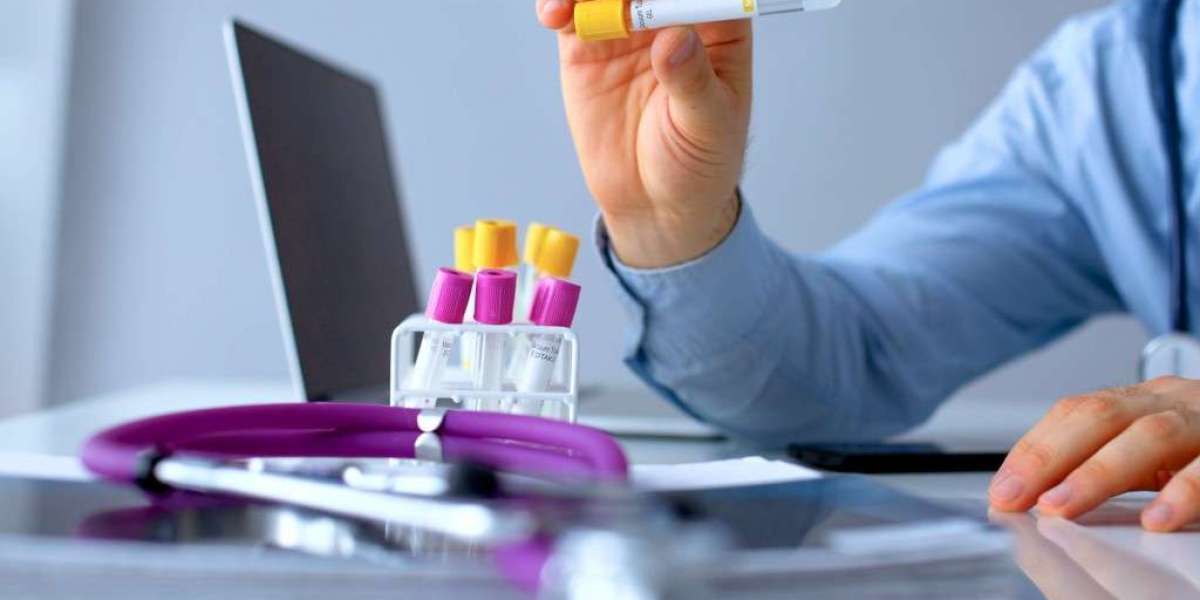Bioanalytical testing refers to analytical methods and techniques that are used to quantitatively measure drugs, metabolites, biomarkers, or biomarkers of exposure in biological matrices like plasma, serum, urine, or tissue homogenates. These techniques play a vital role in drug development and are crucial for evaluating pharmacokinetic studies and clinical trial results. Bioanalytical testing is required at various stages of drug development including pre-clinical, clinical, and post-marketing.
Regulatory Requirements for Bioanalytical Methods
Regulatory agencies like the FDA and EMA have stringent guidelines and criteria for method validation of bioanalytical techniques used in quantifying drugs and metabolites in biological matrices. Key validation characteristics that must be demonstrated include specificity, selectivity, precision, accuracy, reproducibility, calibration curve, lower limit of quantification, dilution integrity, benchtop stability, freeze-thaw stability etc. Validation results must be documented in a bioanalytical method report and be made available for regulatory review if requested. Any changes made to a validated bioanalytical method also require re-validation.
Sample Preparation Techniques
Proper sample preparation is crucial for Bioanalytical Testing as it ensures efficient extraction of analytes from biological matrices prior to analysis. Common sample preparation techniques include protein precipitation, liquid-liquid extraction, solid phase extraction etc. Technique chosen depends on analyte properties, matrix type, selectivity/sensitivity needs. Sample preparation must effectively extract analytes while removing potential interfering matrix components. Automated liquid handling workstations are commonly used to streamline high throughput sample preparation for clinical studies.
Get more insights on Bioanalytical Testing
About Author:
Ravina Pandya, Content Writer, has a strong foothold in the market research industry. She specializes in writing well-researched articles from different industries, including food and beverages, information and technology, healthcare, chemical and materials, etc. (https://www.linkedin.com/in/ravina-pandya-1a3984191)








